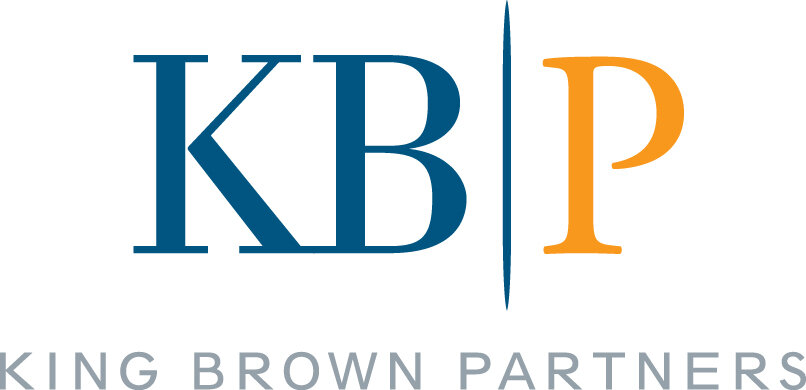Ten Ways to Kill Innovation
Whether it’s a new product, a reinvigorated marketing plan or a concept for more efficient operations, innovation is the cornerstone of growth. Some companies have built a brand on it. Others, to their own peril—and near doom—have ignored it.
The best thing, and perhaps the worst thing, about innovation is that it doesn’t come with a defined, step-by-step implementation plan. Every company has to find its own path to transforming ideas into meaningful, money-making products or services.
But most struggle to do so. In fact, only a handful of companies have achieved true innovation. The rest unwittingly block it with an entrenched culture that fails to value, and eventually kills, fresh thinking.
The fact is, while creating a fertile environment for innovation is necessary, it’s also difficult. It demands a significant investment of financial and human resources, for returns that may take more than a single reporting cycle to appear on the bottom line. And, since innovation inevitably invites change, it requires a certain amount of professional courage. (Keep in mind that while change brings the risk of failure, not changing eventually guarantees failure.)
Nonetheless, when done properly—and grounded in business realities—innovation always pays off. Often in a very big way. And while we can’t tell you exactly how your company should go about it, here are ten things to avoid when building a culture of innovation.
1. Home Run Syndrome
The single, blinding insight usually associated with innovation is the exception. Usually, innovations are the result of a series of small, strategic ideas, decisions or corrections. Obsessive reliance on the Next Big Idea is likely to be a waste of energy that discounts the value of all the small ideas and their capacity to yield big results.
2. Oh, Brilliant One
The CEO’s critical role is to build an environment for ideas—not necessarily to have all of them. Even the most charismatic, bright CEO can’t sustain innovation single-handedly. Ideas that come from the executive suite are often the product of gut-instinct and late-night brainstorms, with little grounding in the mood and measurements of the marketplace. These must be viewed with the same objective eyes that judge ideas from the bottom. In fact, even more scrutiny may be required, since CEO concepts generally come with a built-in seal of approval that should be viewed with caution.
3. We’ll be Creative Next Thursday
Weekly creative sessions don’t necessarily lead to meaningful innovation. Genuine, sustainable innovation isn’t scheduled. It’s built into the corporate culture. A clearly defined innovation process, a repository for ideas and compensation for creativity will do far more to foster innovation than putting it on a timetable.
4. We’re Done
You’re never done innovating and good enough is never good enough. The market-place is a fickle, fluid environment with a sense of product loyalty that fades as soon as the next, better concept comes along. Most healthy brands and products are those that are constantly renewing themselves.
Despite multiple signals that fuel economy would become more and more relevant, the American automobile industry survived one quarterly report after another with a dearth of real innovation and a glut of rebates on minivans and SUVs. Meanwhile, the hybrid engine—which American manufacturers had been developing since the early 1900s—became the Japanese symbol for economy and creative thinking. Detroit will catch up, but there was no reason for them to walk away from their lead.
The Apple II was one of the most successful mass-produced computers ever. Nonetheless, Steve Jobs did the unthinkable when he convinced Apple to kill it so they could develop the Macintosh. What else needs to be said?
5. Blind Innovation
Without a clear understanding of the marketplace—and consumer needs—creative ideas will almost certainly fail.
How does the product fit into the current environment? Will it require customers to change their behavior? Will they? How does the product enhance, simplify or otherwise improve consumers’ lives? And—not unimportantly—how does this product fit into your company’s culture?
6. Hey, Let’s Ask the Consumer
The legendary Arm and Hammer Baking Soda story notwithstanding, breakthrough ideas almost never come from consumers. Consumers can, and should, be engaged to refine and evaluate ideas. But asking them to be your product innovation department is a sure formula for failure.
7. Success Is All There Is
While no one enjoys it, failure is an integral part of innovation. It is an opportunity—albeit a painful one—to learn what works and what doesn’t. You can minimize risk with market research insights, but you can never totally eliminate it.
Just be smart about what you’re risking.
8. We Make Bright, Shiny New Toys
The reality is, most consumers want simplicity, not more bells and whistles. Innovation is critical and change is inevitable, but bear in mind that successful products are the ones that make consumers’ lives better, not more complicated.
9. Build it and They Will Come
Even breakthrough products need support. Misconceptions about consumer behavior cause many companies to set unrealistic expectations around new product adoption. Stampedes and pre-launch vigils are media events because of one thing—they’re rare. All product introductions are a build. Remember, the iPad was preceded by the iPhone, which was preceded by the iPod, which was preceded by the iMac which was preceded by the Macintosh. Which got off to a bad start.
10. Let’s Let the Research Decide
Research can help clarify certain issues, but innovation is still largely a human endeavor. And you can’t rely on research the be the sole decision-maker. It is a decision-making tool. When all the findings are in, you’re still going to have to review them and make the call. There will be times when the findings will make the decision more obvious, and therefore easier. But research doesn’t prove anything, and it doesn’t make decisions for you.
It just makes your decisions smarter.
